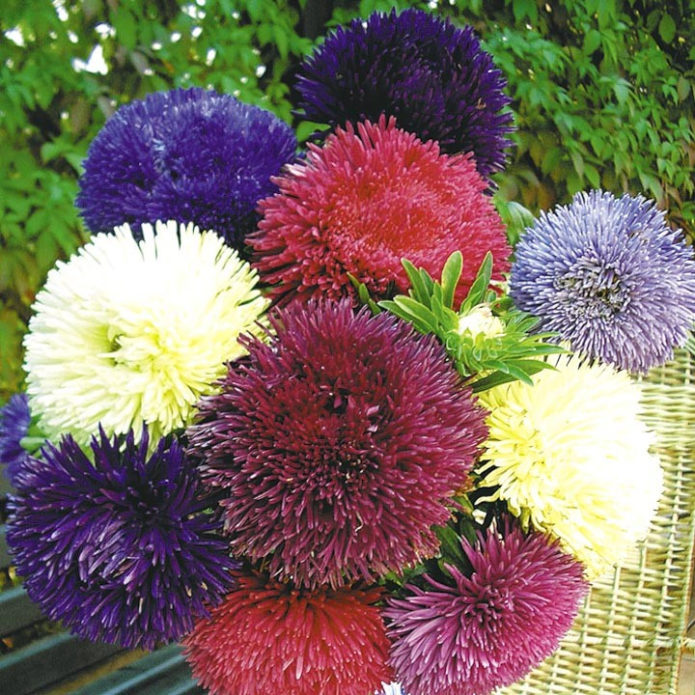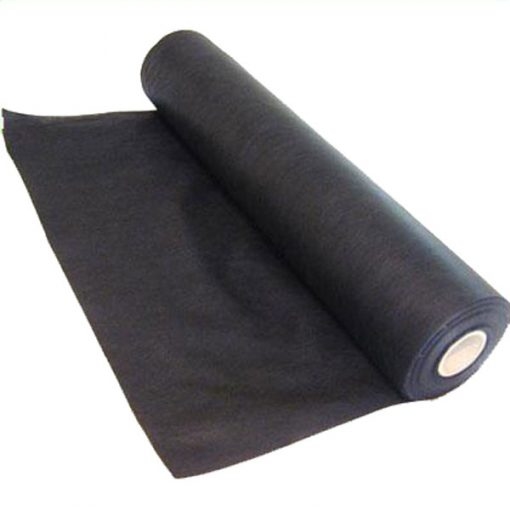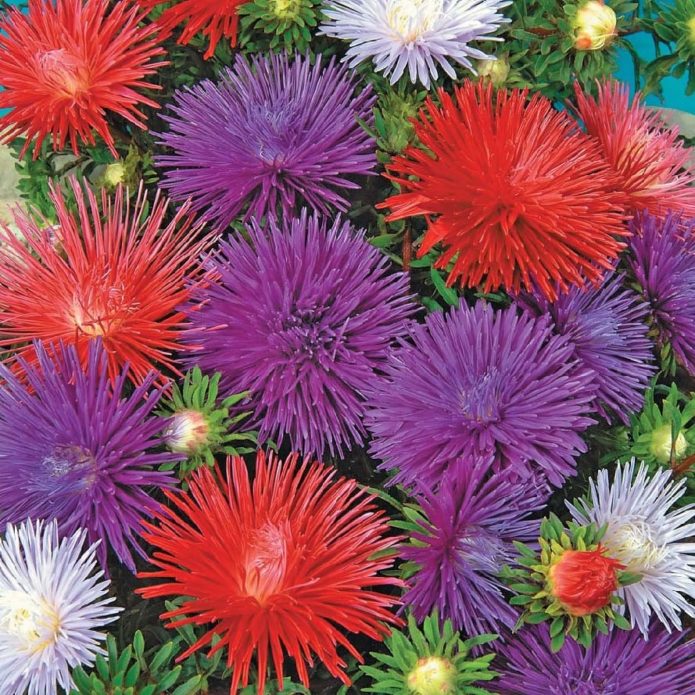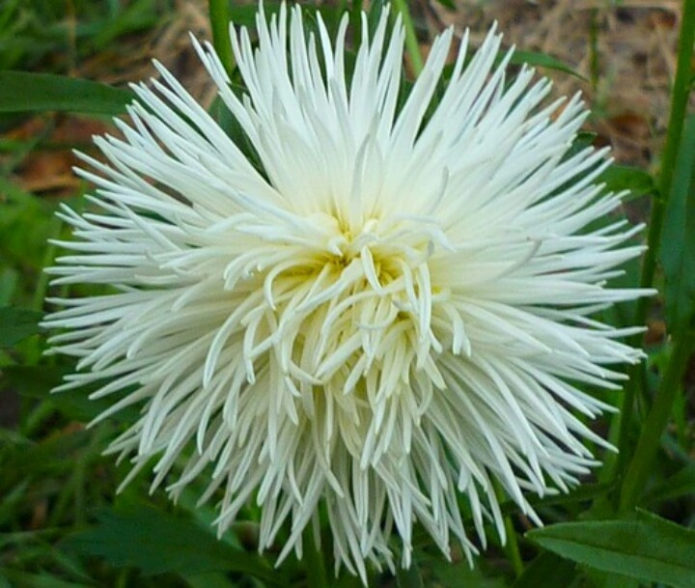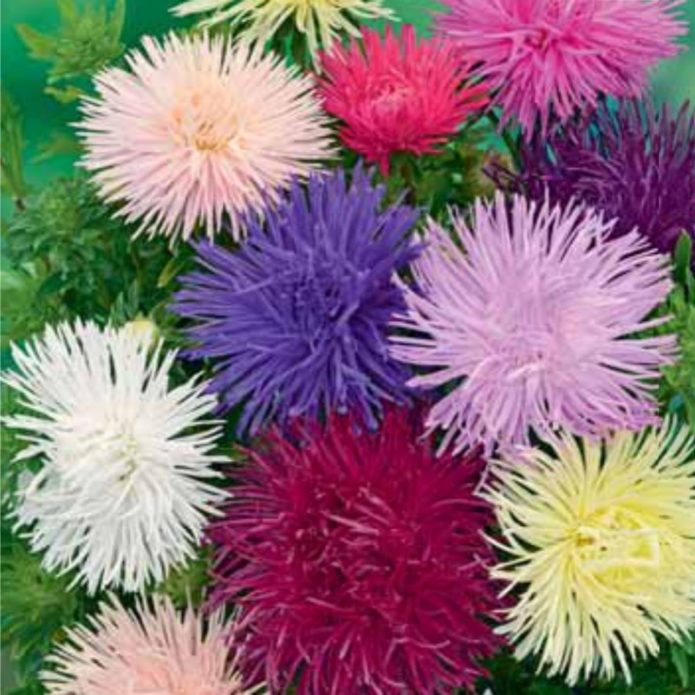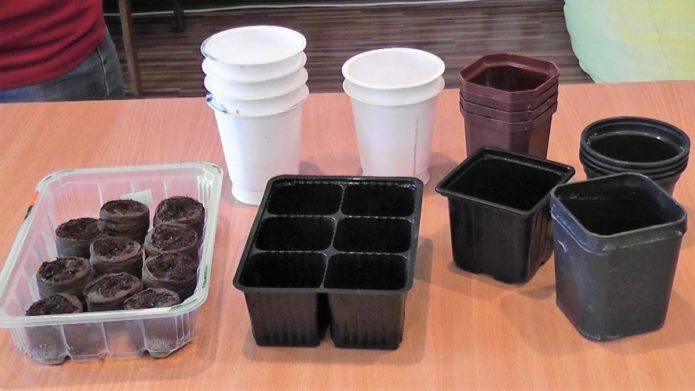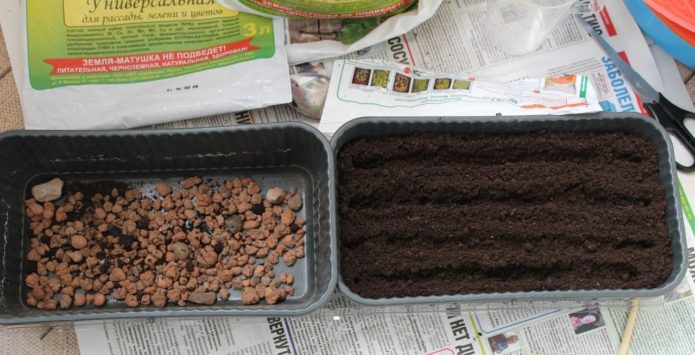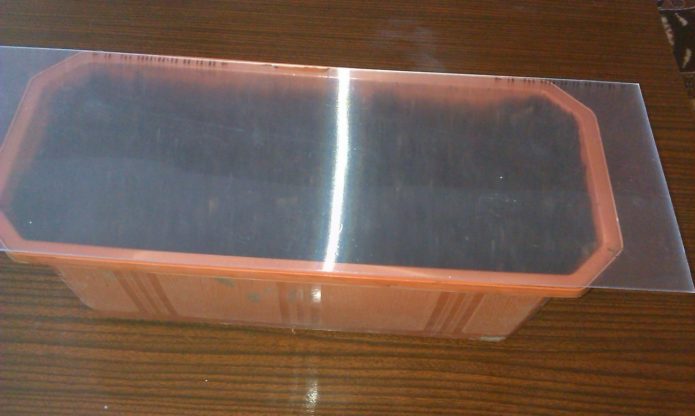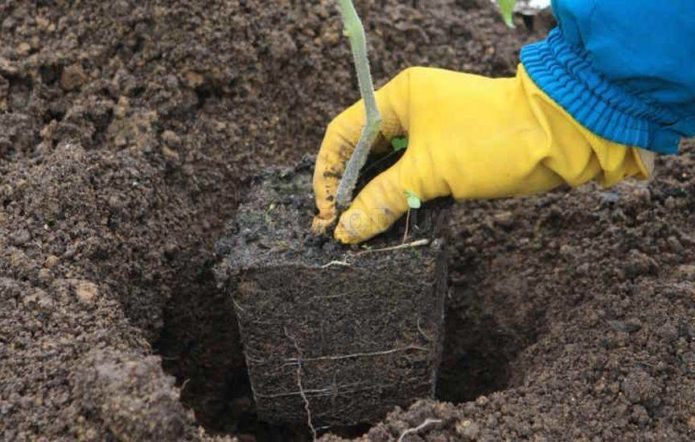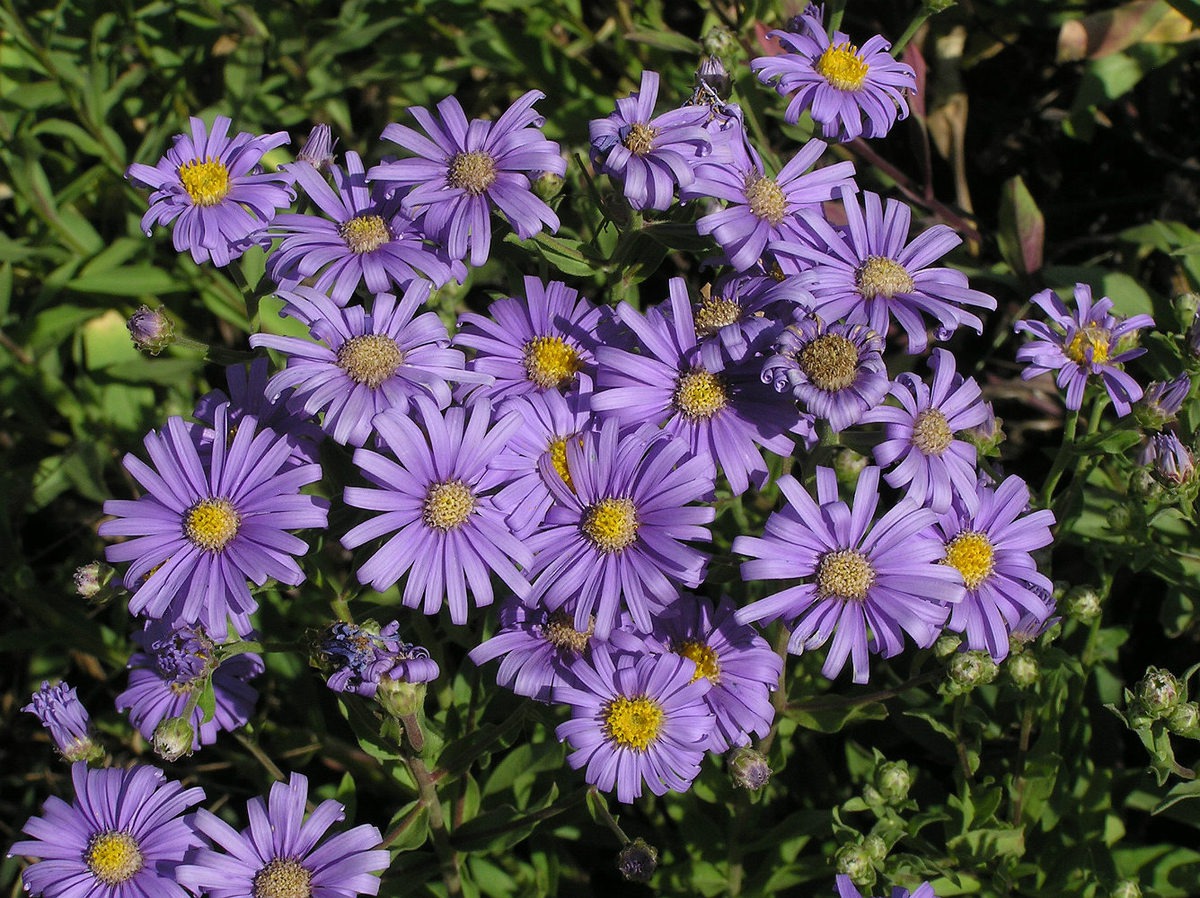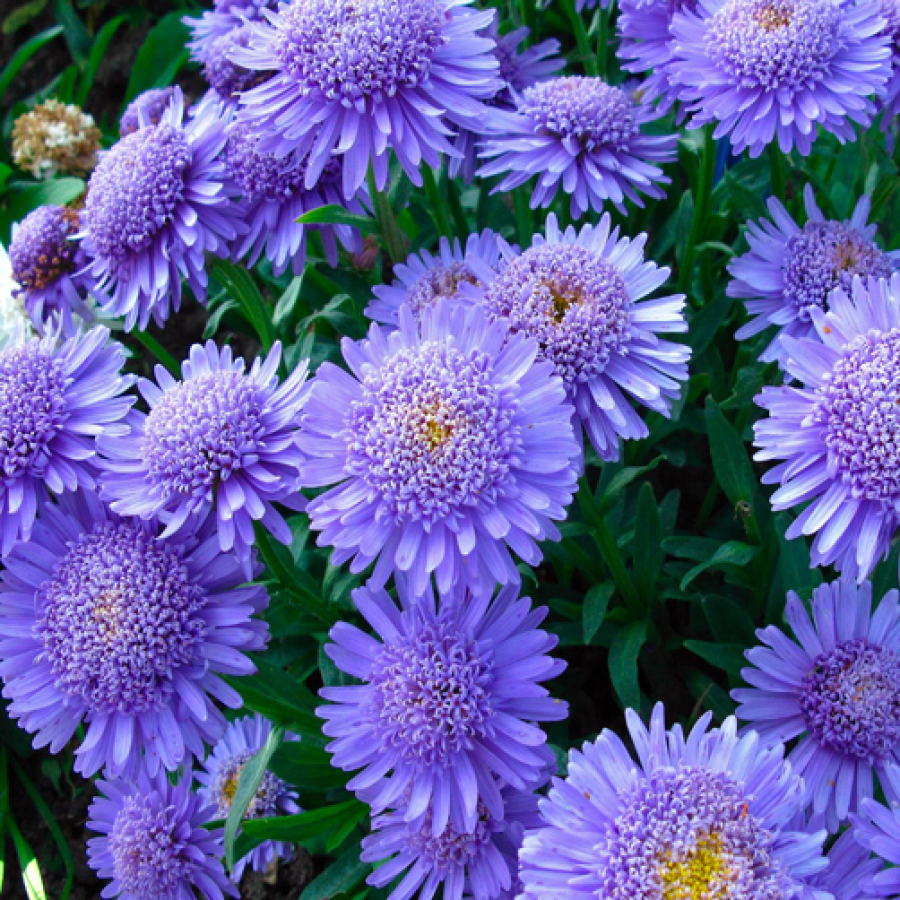Astra is a plant that does not require complex care, but at the same time pleases with its flowering for a long time. It decorates flower beds and summer cottages until the first cold weather, while all other perennials are already fading. Therefore, the plant is very popular with flower growers. There are about 500 types of asters, but the needle type is the most interesting.
Features of needle asters
This type got its name from its pseudo-lingual petals on inflorescences, which are curled into a tube and similar to long needles. Needle asters have a number of features:
- flower height about 70 cm;
- large terry inflorescences about 11-13 cm;
- flowering continues from mid-August until severe frosts;
- resistant to cold;
- photophilous;
- do not like stagnant water in the ground;
- are most often grown through seedlings.
Growing methods
Needle asters can be grown in two ways:
- seedling;
- reckless.
The seedling method involves planting seeds at home in prepared soil, where the necessary conditions are provided.
The second method is convenient in regions with a warm climate. Seeds are planted in open ground in spring or autumn. In May, when the soil warms up enough, the seeds are planted in grooves about 2 cm deep. At night, the soil is insulated with agrofibre. When shoots appear, they are thinned out or transplanted.
The seeds can be planted in a greenhouse to speed up sprouting After they grow up, the young are transplanted into open ground.
When planting a flower for the winter, plants are more resistant and strong. Seeds of needle aster are planted in October-November, when the soil is already frozen. They must be placed at a depth of 2 cm, and pour soil and a layer of humus on top. The plot is covered with agrofibre, which must be removed in the spring after the end of the frost.
The seeds remain in the ground throughout the winter, which is a natural stratification.
Optimal landing dates: data by region and lunar calendar
The best time to plant seeds for seedlings is the second half of March and April. But the exact time depends on the region.
| Region | Landing seeds | Landing in open ground |
| Middle lane and Moscow region | Early and mid-April | Second half of May |
| Southern regions | End of March - beginning of April | Early may |
| Siberia, Ural, Leningrad region | Late April-early May | The beginning of June |
You can choose the optimal landing time based on the lunar calendar of 2019. Auspicious days are:
- March - 12-20 days;
- April - 6-8, 11-17, 29-30;
- May - 8-17, 21-23, 26-28.
Unfavorable days for planting are:
- March - 21st;
- April - 5th and 19th;
- May - 5th and 19th.
Varieties of needle aster with photo
Such interesting varieties are more popular among flower growers.
Unique
It is a popular variety with rich colors and attractive scent. The "stars" reach 13 cm in diameter.
Comilfo
Snow-white flowers about 16-17 cm in diameter. The petals are very delicate, but do not deteriorate from bad weather and after the flowers have been cut.
Harz
Thin petals of huge inflorescences are densely arranged, slightly curling in the center. The mixture has a rich color palette.
Pavlova
The variety was named after a Russian ballerina: the inflorescence looks like a dancer's pack. The corolla is openwork, but not dense.
Planting with seeds: step by step instructions
To properly plant the needle aster, you need to follow the step-by-step instructions.
Seed selection
When choosing seeds, you should pay attention to the characteristics of the variety: height, color of the inflorescence and its size. If aster is purchased for borders and flower beds, then it is better to choose low-growing flowers, if for cutting or background flower beds, then medium or tall ones.
It is necessary to purchase planting material only in reliable stores. Be sure to pay attention to the expiration date of the seeds.
The second year seeds may not sprout.
Seed preparation
To disinfect seeds from various pathogens, various solutions are used in which the seed will be soaked:
- Fitosporin-M. Dilute 15 grams of the substance in 150 ml of water and leave the seeds for 2 hours.
- Chlorhexidine. It is recommended to soak the seed in a 0.05% solution for 30 minutes, then rinse.
- Funzadol. Mix a small amount of powder with seeds and sow as usual.
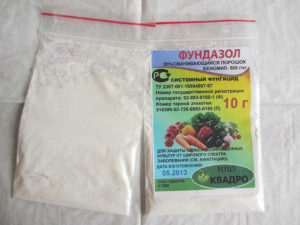 Hydrogen peroxide and potassium permanganate are less effective.
Hydrogen peroxide and potassium permanganate are less effective.
Aster seeds are hard to sprout, therefore, after disinfection, it is recommended to soak them in a growth stimulator (Epin-Extra, Zircon).
Capacity selection
As a container, you can choose a common box, pots, plastic cups. They should be 10 cm high and have drainage holes.
Soil preparation
The soil should be loose, fertile, with good water and air permeability. You can buy universal soil for flower seedlings in the store or make it yourself:
- 1 piece of land from the garden;
- 1 part river sand;
- 1 part of humus;
- 0.5 parts of perlite;
- 0.5 cups of wood ash per 5 liters of mixture.
Sowing
It is recommended to choose small stones, perlite, expanded clay as drainage. Pour soil on top and pour it from a spray bottle or syringe.
If planting is carried out in a common box, then grooves should be made 1 cm deep. The distance between the rows is 3-5 cm. In individual cups, make grooves with your finger about 1 cm and plant 1 seed each. The seeds are covered with sand (about 5 mm). No more watering!
The container is covered with foil or glass.
Seedling care
Correct and regular care of seedlings allows you to get strong and strong asters. Seedlings should be taken care of in the same way as for other flower crops. But there are a number of features:
- Temperature conditions. The optimum temperature is 18-20 ° C. After emergence, it is recommended to lower the temperature to 16 ° C so that the seedlings do not stretch too much.
- Watering. The soil should always be slightly moist, but waterlogging should not be allowed. The water should be separated and at room temperature. Before the emergence of shoots, it is recommended to use a spray bottle, and then a syringe or syringe (water without getting on the plant).
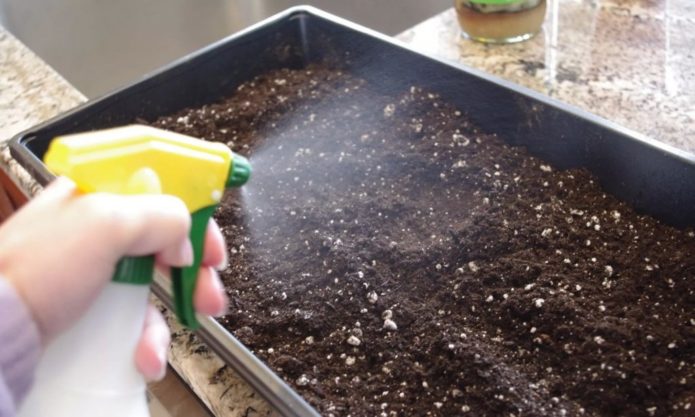
- Creation of a greenhouse effect. Before emergence, the film or glass can only be removed for 15-20 minutes a day. The accumulated drops on the covering material must be wiped off. After the sprouts appear, the greenhouse is removed.
- Lighting. After the emergence of shoots, the container must be rearranged on a windowsill with a maximum amount of sunlight. Daylight hours should be at least 12 hours. If there is a lack of sun, additional lighting should be used.
Landing in open ground and further care
The grown seedlings at the age of 60-65 days are transplanted into the open ground. The site for them should be prepared in the fall (dig up and add humus). Asters love drained light soils, so it is recommended to add sand to heavy clay soil. A flower garden should not be built in lowlands, where water will accumulate.
- In the garden, prepare the holes where the plants are transferred. The distance between them should be 30 cm.
- Cover the aster roots with earth and water abundantly.
In the future, the flowers should be watered as the soil dries out, avoiding waterlogging.
1.5 weeks after planting 1 sq. m of land, it is enough to add a little potassium sulfate (15 g), ammonium nitrate (10 g), superphosphate (20 g). Fertilizer can be dry or in solution.
Asters are quite often affected by various viral and fungal diseases. For the prevention of diseases, you can add infusion of nettle or celandine to water for irrigation.
Aster is an unpretentious plant that looks great in flower beds and bouquets. Even a novice florist can grow it on his site.
